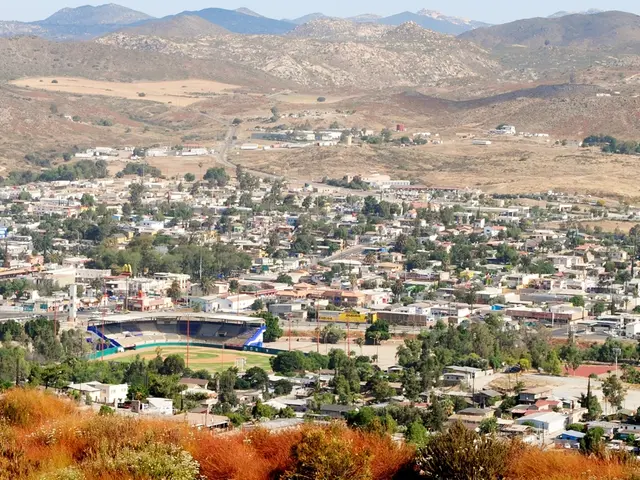Steel plant using coal could potentially hinder Cleveland's climate objectives
In the heart of Ohio, the Cleveland Works facility, run by Cleveland-Cliffs, continues to be a subject of concern due to its significant contribution to climate change and adverse effects on human health. The steelmaking plant emits approximately 4.2 million metric tons of greenhouse gases each year, making it the city's largest single source of planet-warming pollution.
Pollution from the facility is linked to various health issues. According to a report by Industrious Labs, the pollution is responsible for up to 39 early deaths per year, more than 1,700 lost work days, and over 9,000 asthma cases. The city of Cleveland ranks as the country's fifth-worst city for people with asthma, according to the Asthma and Allergy Foundation of America.
Industrious Labs' modeling estimates that pollution from the Cleveland Works facility contributes to these negative health impacts. The organization suggests replacing the old infrastructure in Blast Furnace #6 with equipment that can process iron ore with natural gas or hydrogen instead of coal. This change could potentially slash emissions even more, according to Industrious Labs. Using direct reduction technology could cut the plant's greenhouse gas emissions by more than 30% if natural gas is used.
Cleveland-Cliffs has made some strides towards reducing emissions. The company was recognized as a 2023 Goal Achiever in the Department of Energy's Better Climate Challenge. Moreover, Cleveland Works' Blast Furnace #5 was relined in 2022. As of the latest information, Cleveland-Cliffs is progressing with plans to convert Blast Furnace #6 at Cleveland Works from coal-based operation to a direct reduction process using natural gas and green hydrogen, aiming for implementation in the mid-2020s.
However, the future of direct greenhouse gas emissions reduction at the facility remains uncertain. It is unclear whether Cleveland-Cliffs will opt to reinvest in its existing coal-dependent processes or move towards more sustainable methods.
Hilary Lewis, steel director for Industrious Labs, stated that Cleveland's climate action plan is "bold and achievable
Read also:
- Potential Consequences of Dismantling FEMA Vary Across States
- Railway line in Bavaria threatened by unstable slope - extensive construction site at risk
- Wind Farm Controversy on the Boundary of Laois and Kilkenny
- Puerto Rico's Climate Lawfare Campaign experiences another setback with the dismissal of its deals.








